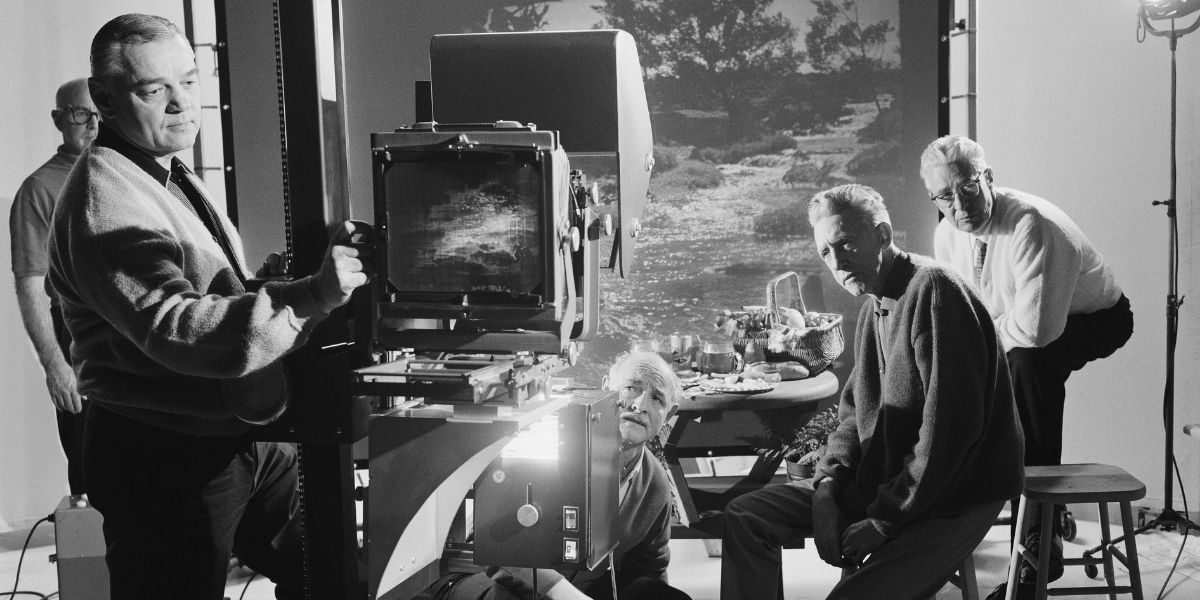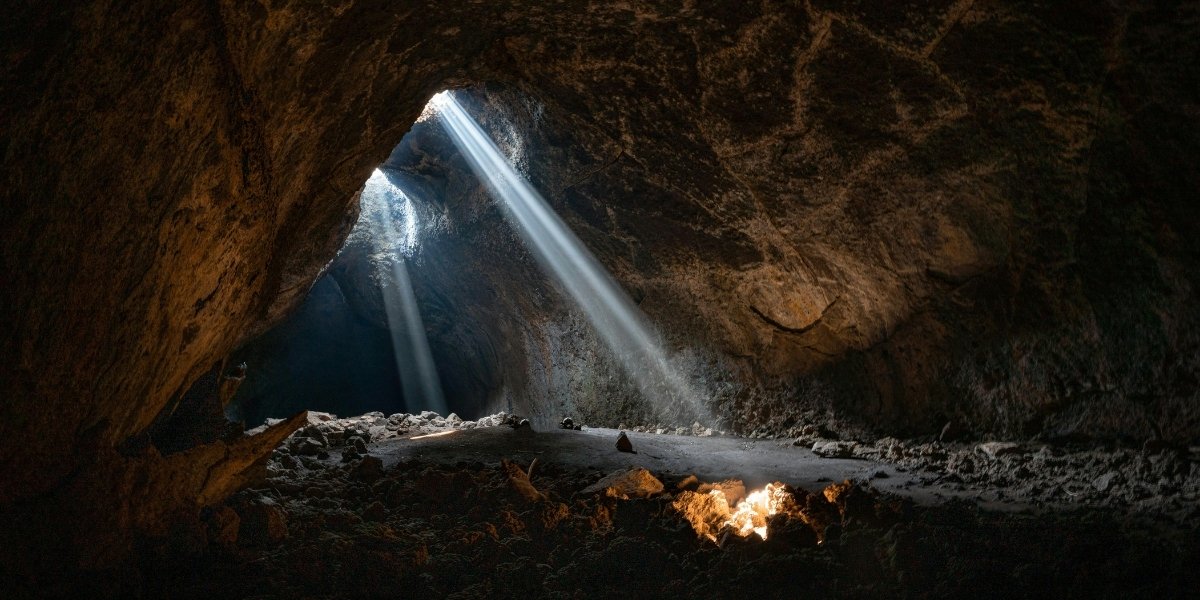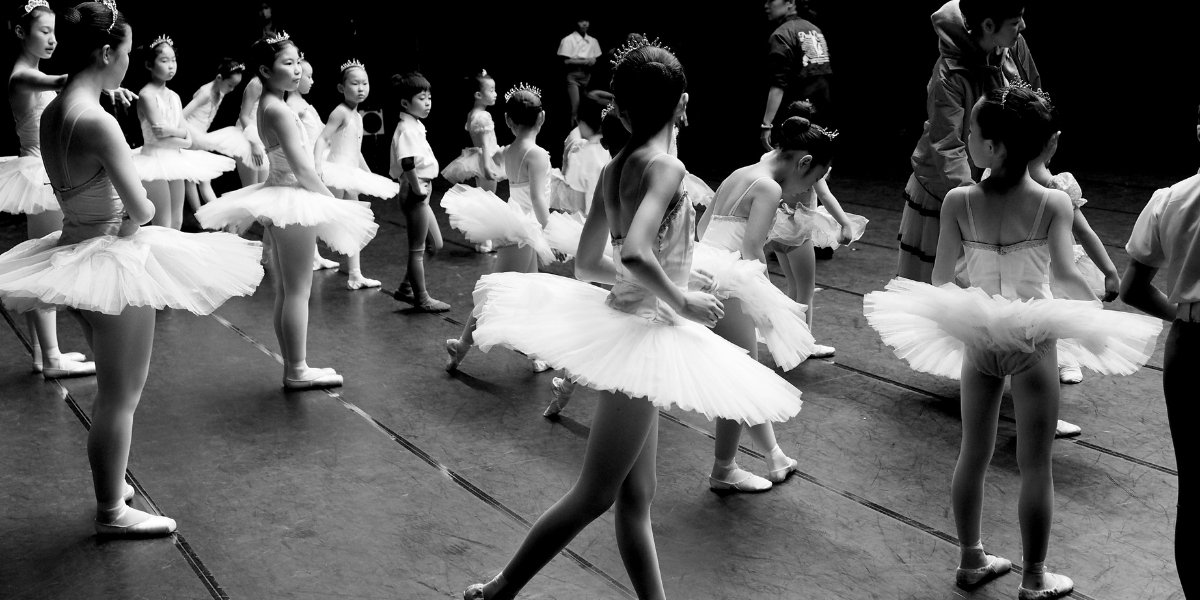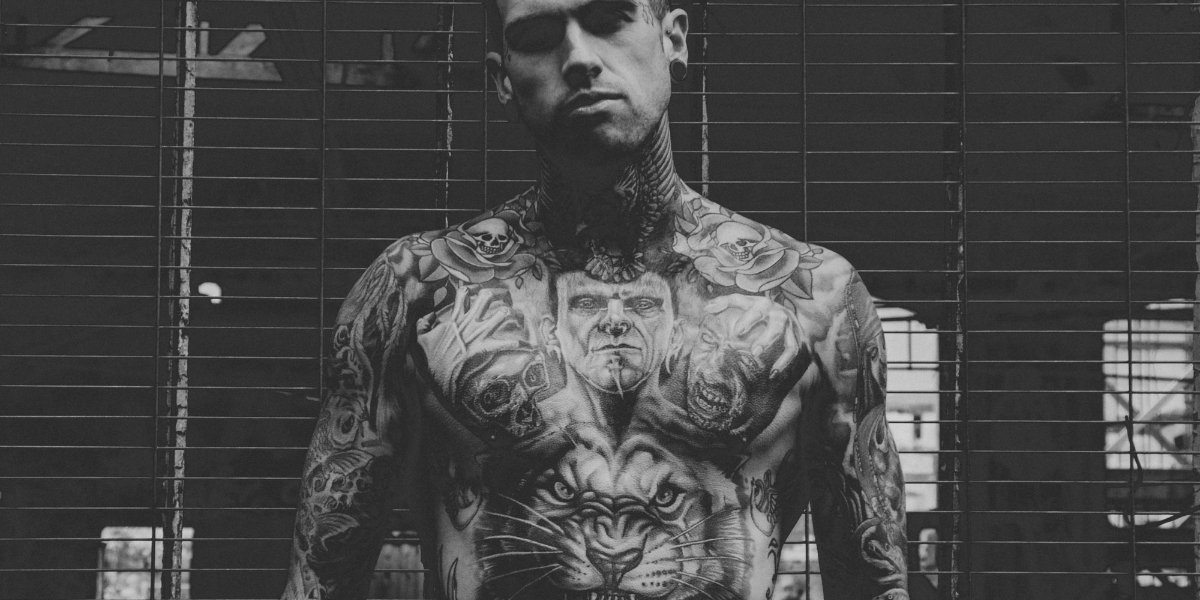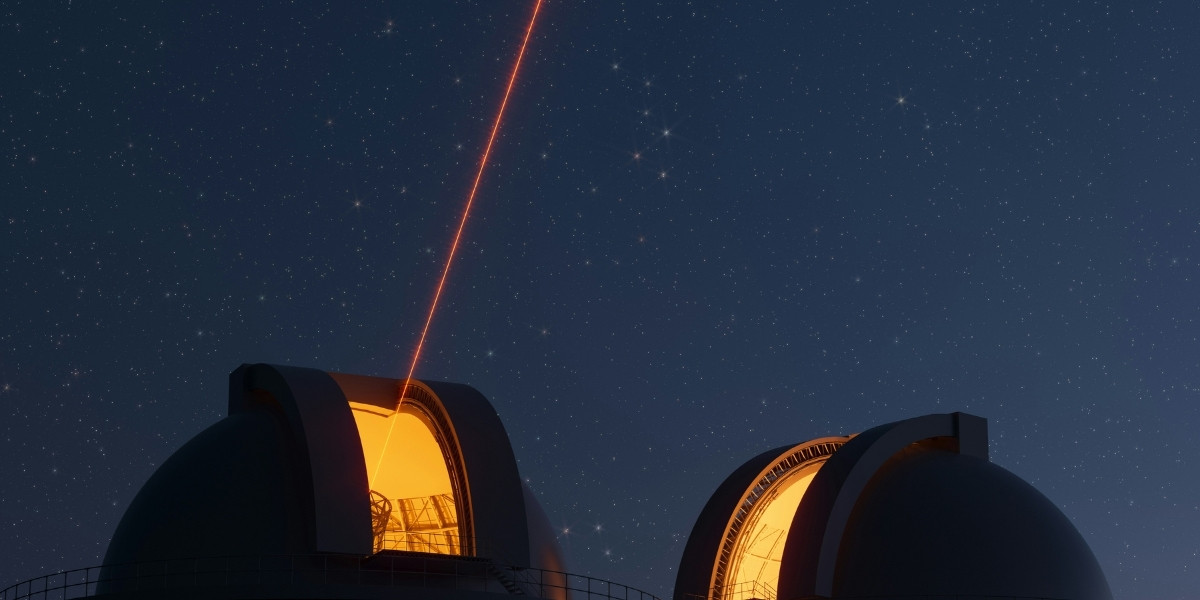What Is the Role of Camera Shots in Cinematic Storytelling?
In filmmaking, camera shots are much more than mere visuals; they are essential storytelling tools that shape how audiences experience a story. Each shot frames a scene or character in a way that influences the viewer’s emotional connection, understanding, and perspective. By choosing different shot types, filmmakers direct attention, reveal information, and set tone and mood.
For example, a close-up can reveal a character’s subtle emotions, like a trembling lip or a fleeting glance, fostering intimacy. In contrast, a wide shot establishes the environment, showing the character’s place in the world, whether that’s a bustling city or a desolate wasteland. The careful orchestration of camera shots creates a visual language that communicates beyond dialogue, enriching narrative depth.
Mastering this visual vocabulary allows directors and cinematographers to craft immersive experiences where every shot contributes purposefully to the unfolding story.
Read Also: Elevating Your Photography: Enhancing Models with Set Design and Color
How Do Different Camera Shots Convey Emotion and Develop Characters?
Different camera shots serve unique emotional and narrative functions. A close-up zooms in on a character’s face or an object, creating an intense emotional focus. It can reveal vulnerability, determination, fear, or joy, making the audience feel closer to the character’s inner world. This proximity often fosters empathy and deepens engagement.
A medium shot, often framing a character from the waist up, balances intimacy with context. It is frequently used in dialogue scenes, allowing viewers to see expressions and gestures alongside interactions with other characters or the environment. Wide shots or establishing shots position characters within their settings, highlighting isolation, power dynamics, or thematic elements. For instance, a lone figure dwarfed by a vast landscape conveys solitude or insignificance.
Other shot types, such as over-the-shoulder shots, build tension and perspective in conversations, while extreme close-ups focus on small details—like a twitching eye or clenched fist—to emphasize narrative clues or emotional states. Each shot choice subtly guides how viewers interpret characters and relationships, making shot composition an emotional storytelling device.
What Technical Elements Are Crucial for Effective Camera Shots?
Capturing powerful shots requires mastery over several technical components. Composition—the arrangement of elements within the frame—is foundational. Techniques like the rule of thirds, where the frame is divided into a grid to position subjects off-center, create visual balance and draw the viewer’s eye effectively.
Lighting profoundly influences mood and focus. Soft, diffused lighting can evoke warmth or vulnerability, while harsh shadows might suggest mystery or danger. Proper lighting directs attention to key parts of the frame and enhances textures and depth. Focus controls what appears sharp or blurred. Shallow depth of field isolates the subject from the background, emphasizing importance or emotional state, whereas deep focus keeps the entire scene clear, providing context.
Camera movement adds dynamism. Techniques like panning, tracking, and dolly shots create fluidity, build suspense, or reveal new information. Conversely, static shots can heighten tension or spotlight actors’ performances. A skilled cinematographer combines these elements seamlessly to ensure each shot supports the narrative and visual storytelling goals.
How Do Camera Shots Influence Narrative Pacing and Story Structure?
Camera shots are instrumental in shaping a film’s rhythm and pacing. Quick cuts between close-ups and medium shots can accelerate tension during action or emotional confrontations, immersing the audience in immediacy and urgency. Long takes or slow wide shots allow viewers to absorb setting details and reflect on characters’ situations, slowing pacing for dramatic effect or thematic emphasis. The transition between different shot types helps delineate story beats, signal emotional shifts, or foreshadow events.
For example, alternating between tight shots and expansive landscapes can convey a character’s internal conflict versus external reality. Thoughtful sequencing of shots builds narrative momentum, controls suspense, and shapes audience experience. Editing and shot selection together create a visual tempo that enhances storytelling clarity and engagement.
What Creative Opportunities Do Camera Shots Offer Filmmakers?
Beyond functionality, camera shots invite creative expression and innovation. Unconventional angles—such as Dutch tilts or low-angle shots—can disorient viewers or symbolize psychological tension and power struggles. Playing with framing, like using reflections, shadows, or obstructions, adds layers of meaning or mystery. Experimenting with shot duration and movement can break traditional cinematic language, generating surprise and fresh perspectives.
Combining shots with color grading, visual effects, and sound further enriches storytelling. Directors often use distinctive shot styles to establish tone or authorship, making their films visually unique. This experimentation, balanced with narrative clarity, pushes cinematic boundaries and invites audiences into new emotional and intellectual experiences.
Read Also: How Nostalgic Entertainment is Winning Over Audiences Again
Why Is Continuous Learning Essential for Mastering Camera Shots?
The art of camera work continually evolves with technological advancements and shifting audience expectations. Staying current with new equipment, software, and techniques empowers filmmakers to expand their creative toolkit. Studying a wide range of films—from classics to contemporary works—exposes creators to diverse styles and storytelling approaches. Practical experience, including experimentation and collaboration with cinematographers and editors, deepens technical and artistic skills.
Workshops, courses, and peer feedback foster growth and refinement. Mastery of camera shots is a lifelong journey that enables filmmakers to craft stories that captivate, move, and resonate deeply with audiences. Ongoing learning ensures adaptability and innovation, key to thriving in the dynamic world of cinema.

